Mapping Of Galactic Bar In The Milky Way By Gaia
Eddie Gonzales Jr. – MessageToEagle.com – Researchers created a map of the bar-shaped collection of stars at the center of our Milky Way galaxy, by combining ESA’s Gaia mission’s second data release (DR2) with complementary observations by ground- and space-based telescopes, the catalog
The unprecedented catalog contains the brightness, positions, distance indicators and motions across the sky for more than one billion stars in our Milky Way galaxy, along with information about other celestial bodies.
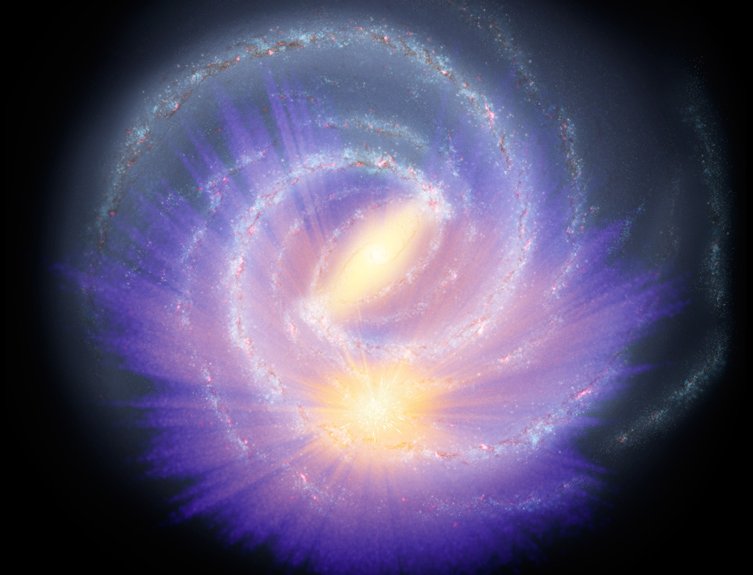 Display of Gaia data combined with other surveys and StarHorse code over an illustration of the Milky Way. A bar structure is clearly visible in the middle. Credit: NASA/JPL-Caltech/R. Hurt; Starhorse Overlay: A. Khalatyan
Display of Gaia data combined with other surveys and StarHorse code over an illustration of the Milky Way. A bar structure is clearly visible in the middle. Credit: NASA/JPL-Caltech/R. Hurt; Starhorse Overlay: A. Khalatyan
“We looked in particular at two of the stellar parameters contained in the Gaia data: the surface temperature of stars and the ‘extinction’, which is basically a measure of how much dust there is between us and the stars, obscuring their light and making it appear redder,” Friedrich Anders ICCUB member and lead author of the new study, conducted by researchers from the Institute of Science Cosmos of the University of Barcelona and from the Leibniz Institute for Astrophysics Potsdam (Germany), said in a press release.
“These two parameters are interconnected, but we can estimate them independently by adding extra information obtained by peering through the dust with infrared observations.”
“With the second Gaia data release, we could probe a radius around the Sun of about 6500 light years, but with our new catalogue, we can extend this ‘Gaia sphere’ by three or four times, reaching out to the centre of the Milky Way,” explains co-author Cristina Chiappini from Leibniz Institute for Astrophysics Potsdam, Germany, where the project was coordinated.
At the center of our galaxy, the data clearly reveals a large, elongated feature in the three-dimensional distribution of stars: the galactic bar.
“We know the Milky Way has a bar, like other barred spiral galaxies, but so far we only had indirect indications from the motions of stars and gas, or from star counts in infrared surveys. This is the first time that we see the galactic bar in three-dimensional space, based on geometric measurements of stellar distances,” says Friedrich Anders.
“Ultimately, we are interested in galactic archaeology: we want to reconstruct how the Milky Way formed and evolved, and to do so we have to understand the history of each and every one of its components,” adds Cristina Chiappini.
Written by Eddie Gonzales Jr. – MessageToEagle.com Staff
Related Posts
-
 Longest-Period Exoplanet Found With TESS – Detected And Validated
No Comments | Aug 31, 2023
Longest-Period Exoplanet Found With TESS – Detected And Validated
No Comments | Aug 31, 2023 -
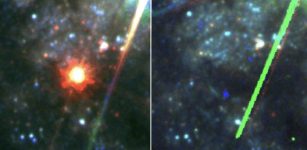 Rare ‘Light Echo’ From Star Explosion Captured By Hubble
No Comments | Oct 31, 2022
Rare ‘Light Echo’ From Star Explosion Captured By Hubble
No Comments | Oct 31, 2022 -
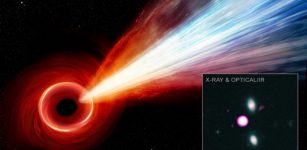 Gigantic Jet From From Black Hole In Early Universe Observed Thanks To Chandra’ Sharp Vision
No Comments | Mar 11, 2021
Gigantic Jet From From Black Hole In Early Universe Observed Thanks To Chandra’ Sharp Vision
No Comments | Mar 11, 2021 -
 Cosmic Mystery – Two Identical Exoplanets With Different Atmosphere – How Is It Possible?
No Comments | Jun 8, 2017
Cosmic Mystery – Two Identical Exoplanets With Different Atmosphere – How Is It Possible?
No Comments | Jun 8, 2017 -
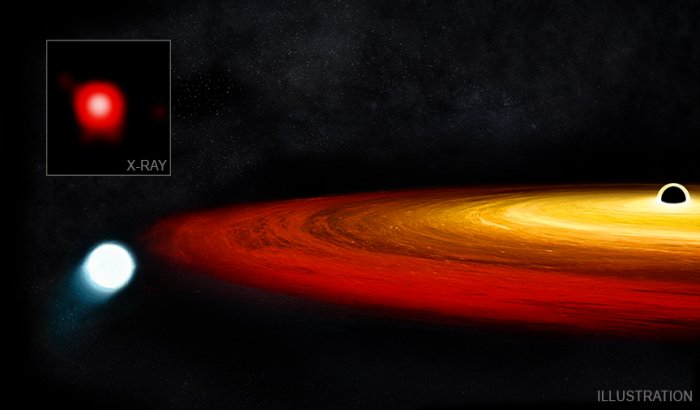 Star Survives Close Encounter With A Black Hole
No Comments | Apr 26, 2020
Star Survives Close Encounter With A Black Hole
No Comments | Apr 26, 2020 -
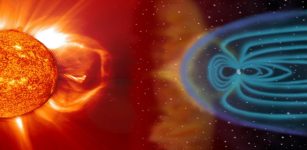 Searching For Signs Of Life Around The Dead Stars – New Study
No Comments | Jul 21, 2021
Searching For Signs Of Life Around The Dead Stars – New Study
No Comments | Jul 21, 2021 -
 Methuselah Star Is Older Than The Universe – How Is It Possible?
No Comments | Sep 22, 2017
Methuselah Star Is Older Than The Universe – How Is It Possible?
No Comments | Sep 22, 2017 -
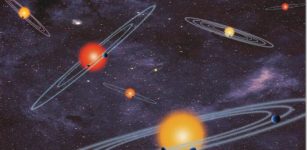 Astronomers Say That Suspected Planets Are Sometimes Small Stars
No Comments | Mar 16, 2022
Astronomers Say That Suspected Planets Are Sometimes Small Stars
No Comments | Mar 16, 2022 -
 NASA New Horizons’ New Image Of 150km-Wide Potential ‘Cryovolcano’ On Pluto
No Comments | Jan 17, 2016
NASA New Horizons’ New Image Of 150km-Wide Potential ‘Cryovolcano’ On Pluto
No Comments | Jan 17, 2016 -
 Strange Radio Burst Raises New Questions
No Comments | Jun 9, 2022
Strange Radio Burst Raises New Questions
No Comments | Jun 9, 2022
